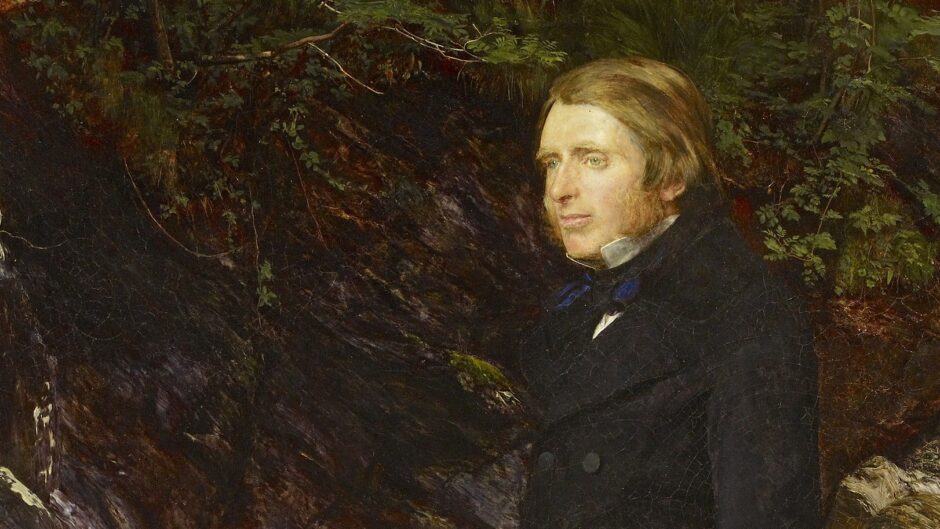Ruskin’s Ecologies: Figures of Relation from Modern Painters to The Storm-Cloud
Edited by Kelly Freeman and Thomas Hughes
Preface by Kelly Freeman and Thomas Hughes
Introduction: ‘There Is No Wealth But Life’ by Kelly Freeman and Thomas Hughes
Chapter 1 ‘Ruskin and Lichen’ by Kate Flint
Chapter 2 ‘The Balcony: Queer Temporality in The Stones of Venice and Proust’ by Thomas Hughes
Chapter 3 ‘A Pattern in Time: Tracing the Arabesque from Ruskin to Bridget Riley’ by Moran Sheleg
Chapter 6 ‘The Osteological Line’ by Kelly Freeman
Chapter 7 ‘Forms of Intermediate Being’ by Jeremy Melius
Chapter 9 ‘Ruskin, Whistler, and the Climate of Art in 1884’ by Nicholas Robbins






